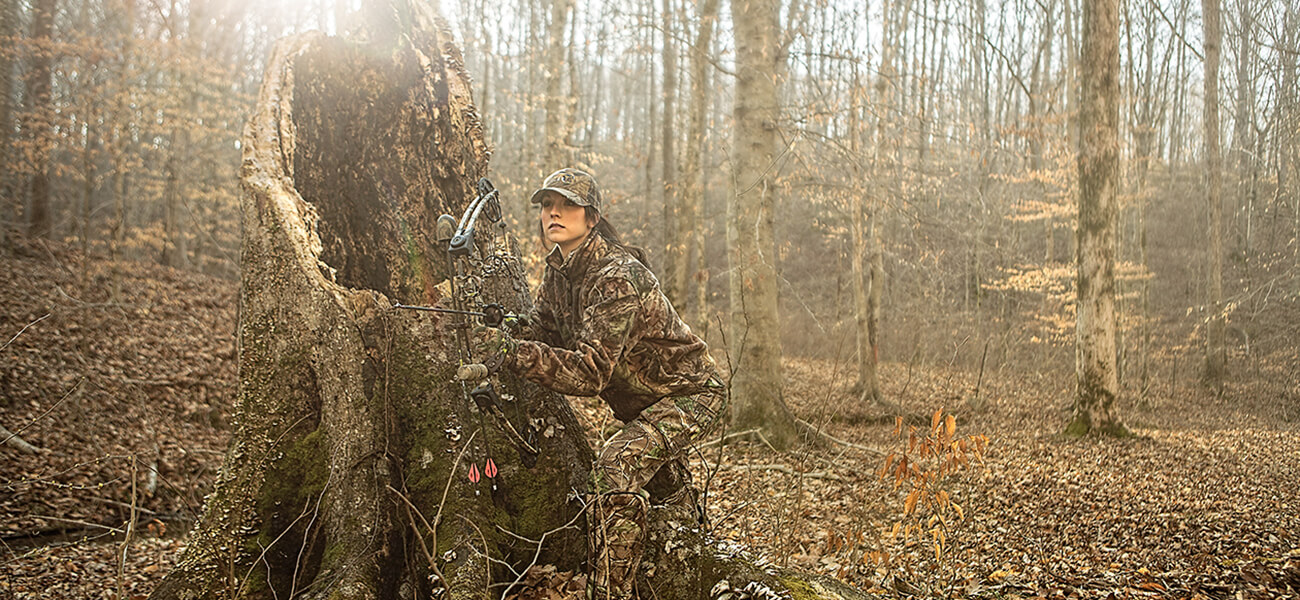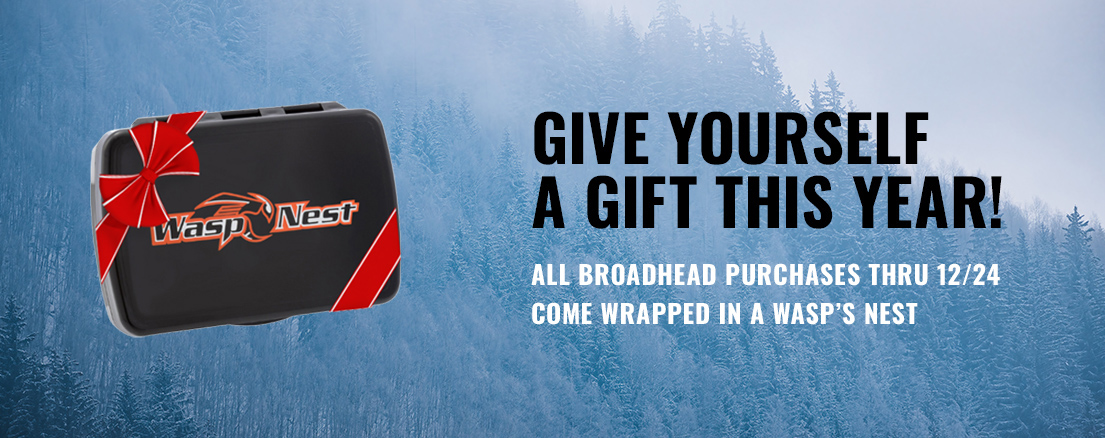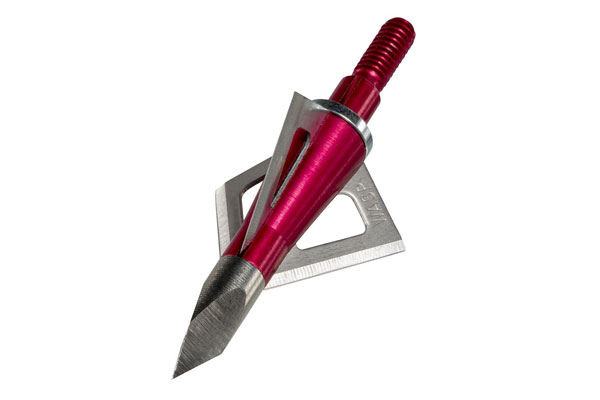How to Track Deer shot with a Bow
As a bowhunter, you have taken the necessary steps in preparation of releasing a broadhead towards the vitals of a deer. Your stands are hung, your scouting was thorough and your time at the range was well spent. However, the successful harvest of a deer does not end when a broadhead hits its mark. Some meticulous deer tracking may be required after the shot. Here are some tips to increase the odds of recovering a mortally wounded deer.
Before the Shot
Obviously you have to be proficient with your bow and have it tuned for shooting broadheads before you step into the field. Shooting lanes need to be cleared and you must be aware of your limits – what shots are you capable of making or not making? Being confident when the deer steps into range and strolls through your shooting lane plays a huge role in the mental side of bowhunting and feeling comfortable when you draw back your bow.
During the Shot
The ability to analyze shot situations and a deer’s demeanor quickly when the window of a shot opportunity approaches is an indispensable advantage. Take a look at Wasp’s shot placement videos to familiarize and memorize where to place the entry of a broadhead when a deer is broadside, quartering away or quartering to, and the situations it is best to not risk a shot.
After The Shot: Be Observant
As soon as you release your broadhead, the process of tracking a deer begins. Try to determine where your arrow made contact. Was it high or low? Too far back? This, in addition to watching how the deer reacts will give the first clues of how to proceed with the recovery. Also make note of where the deer was standing when the broadhead hit and what direction it headed after the shot. Keep an eye on the deer until it falls or you can no longer see it and burn the image of where it was last seen into your memory.
After The Shot: Broadhead to the Vitals
A broadhead to the heart and lungs area is the best for a humane and ethical kill. A deer shot through the heart can usually be visually confirmed by the way it jumps wildly and kicks its back upon the broadhead’s impact. This immediate reaction is often followed by a hard run of 20 to 30 yards, but time is against a deer shot in the heart. You may see the deer slow, become tipsy and finally crash. Even if you do not see the deer go down, you can usually hear the crash because the deer will not make it further than 40 or 50 yards in most cases of a solid heart shot.
A 30-minute wait is typically long enough before you begin tracking. Blood may be sparse in the immediate area of impact, but you should see more as you move away from the site. If your arrow passed through and there is hair present, the hair from a heart shot will be long brown or grayish guard hairs. If you find the deer has bedded as you track it, back off and wait at least another hour before approaching again. On a cold night, it may be best to back out and start tracking again in the morning.
A deer shot in the lungs will usually run hard for 50 to 65 yards before it slows to a walk and eventually fall within 125 yards of you. You may see air bubbles in the blood along the trail, and the blood trail usually becomes more noticeable the closer you get. If you hit the deer high in the lungs, there may be little blood to follow, as it takes time to fill the lung cavity with enough for the deer to bleed externally. The hair around the lung area is coarse and brown with black tips. Like a heart shot, you should be safe to begin tracking after 30 minutes.
After The Shot: A Broadhead to the Abdomen
A gut shot deer is not ideal, but with patience and proper tracking the deer can be recovered. A gut shout deer will usually “hop” straight up or simply flinch when your arrow makes impact. Seldom will deer run hard after being hit in the stomach area. It will more likely wander off a distance that can vary from a few yards to 100 yards. Once it stops, it will often stand in place for a few minutes before bedding down. The hair from this wound is brownish gray and short. The lower the shot is on the animal, the lighter colored the hair will be. The blood trail is usually poor with small pieces of ingested material. Wait at least 4 hours before tracking an abdomen wounded deer. The deer may die within an hour if you hit the liver, but don’t risk it. It is not going anywhere. Be patient when you think you are tracking a gut shot deer.
After the Shot: A Broadhead to the Spine
A deer shot in the spine will usually drop in his tracks from paralysis. A second shot will probably be required for a clean kill. The spine is definitely not a target you want to aim for and usually happens when a bowhunter shoots directly under their stand or misjudges yardage. Either way, a shot to the vitals will be required to humanely kill the deer.
As a new season starts, it is important to remember making your best attempt to recover an animal is just as important as shooting one. It is a skill we all should work on as diligently as we approach scouting, target practice and ultimately hunting. There is not a better feeling than walking up on an animal you outwitted and harvested ethically. These are the moments that excite us to replace the blades of the broadhead just used and get ready for the next hunt.
View All Posts

